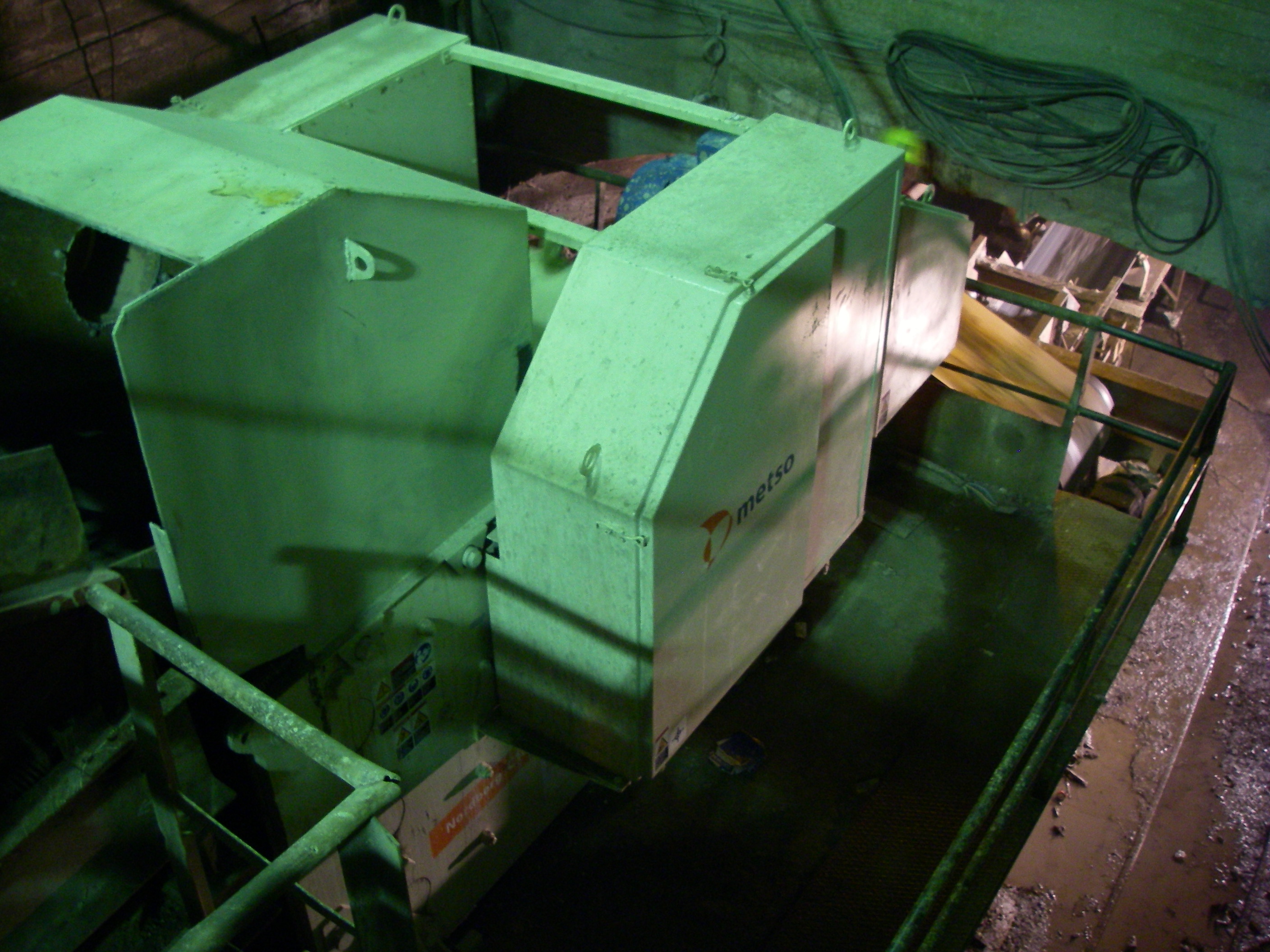Crushing Chamber
The Anatomy of a Crushing Chamber
The crushing chamber serves as the central workspace where raw materials undergo dramatic transformation. This precisely engineered compartment consists of opposing surfaces - typically a fixed jaw plate and a movable jaw in jaw crushers, or a rotor with hammers in impact crushers. The chamber's geometry follows calculated parameters, with careful consideration given to the nip angle (typically 18-22 degrees for jaw crushers) and the crushing cavity profile. Modern designs incorporate computer-optimized chamber shapes that create optimal material flow paths while maximizing crushing efficiency. The chamber's interior surfaces feature special wear-resistant liners that withstand tremendous abrasion from rock particles moving at high velocities.
Material Transformation Process
Within the crushing chamber, materials experience multiple stages of size reduction through mechanical forces. As feed material enters the chamber's top opening, it encounters initial compression between approaching surfaces. Progressive crushing occurs as materials travel downward through the chamber, with each compression cycle further reducing particle size. The chamber's tapered design creates a natural material flow while maintaining consistent pressure throughout the crushing process. Advanced chamber designs incorporate strategic "rock-on-rock" crushing zones where particles collide with each other, reducing wear on chamber liners while maintaining crushing efficiency.
Chamber Configuration Variations
Different crusher types feature distinct chamber configurations tailored to specific crushing applications. Jaw crushers employ a V-shaped chamber that progressively narrows toward the discharge end. Cone crushers utilize a gyrating mantle within a concave chamber, creating multiple crushing zones. Impact crushers feature a chamber with adjustable impact plates surrounding a high-speed rotor. Modern chamber designs often incorporate hydraulic adjustment systems that allow operators to modify chamber settings for different material types or product requirements without mechanical disassembly, significantly enhancing operational flexibility.
Performance Optimization Factors
Several critical factors influence crushing chamber performance, including feed material characteristics, chamber geometry, and operational parameters. Proper feed distribution ensures even wear across chamber liners while maximizing throughput capacity. Chamber volume must balance with crusher power to maintain optimal energy efficiency. Modern monitoring systems track chamber performance metrics like pressure, temperature, and power draw, enabling real-time adjustments. Some advanced systems utilize chamber pressure sensors that automatically adjust operational parameters to maintain peak performance while protecting the crusher from overload conditions.
Wear Protection and Maintenance
The crushing chamber's longevity depends on effective wear protection strategies. Replaceable liner plates made from high-manganese steel or composite alloys shield the chamber's structural components. Strategic liner profiles distribute wear evenly across crushing surfaces, while some designs incorporate self-sharpening features. Regular chamber inspections should assess liner thickness, structural integrity, and wear patterns. Modern predictive maintenance techniques use laser scanning to create 3D models of chamber wear patterns, enabling precise liner replacement scheduling and minimizing unexpected downtime.

Image from Nuno Madeira Alves via CC BY-SA 4.0